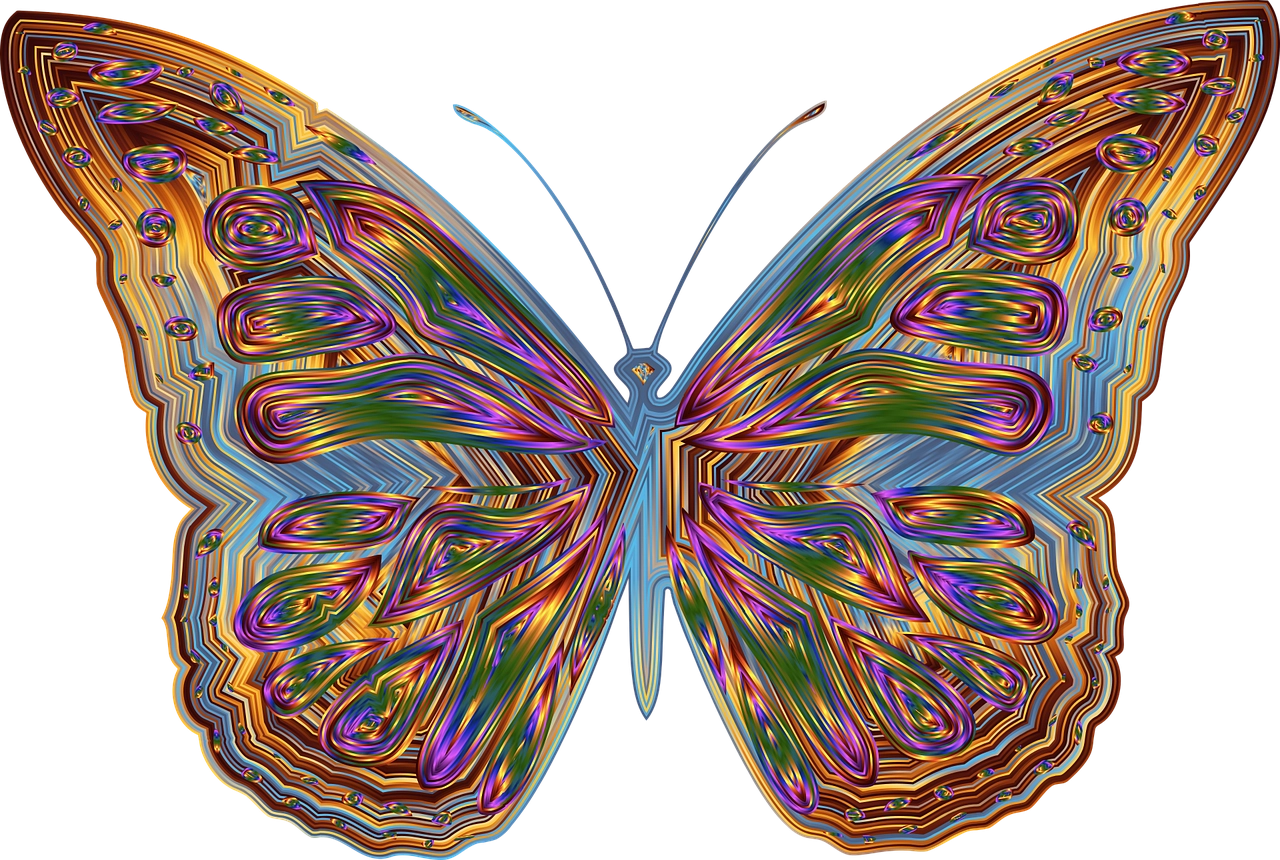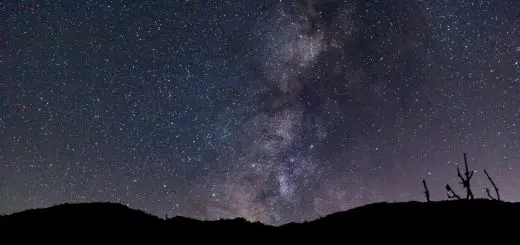The Maasai People: Warriors and Myths of East Africa

Looking for more amazing products? Check out our online store and explore our collection here! Happy shopping!
Before diving in, please note: This post is for informational purposes only. If you’d like to know more about how we approach topics, feel free to check out our friendly Disclaimer Page.
Hey there, amazing readers! 
We’re committed to delivering quality posts, and your support (even just sticking around despite the ads) means everything to us. So, bear with us, and thanks for helping us keep the good vibes rolling. Now, on to the fun stuff!
TRANSLATE BUTTON AT THE END OF THE ARTICLE
Overview
The Maasai people are a unique and fascinating tribe living in East Africa, particularly in Kenya and Tanzania.
Renowned for their vibrant culture, warrior traditions, and rich mythology, the Maasai have captivated the world with their distinctive way of life.
This article will provide a comprehensive exploration of the Maasai tribe, covering their history, customs, lifestyle, mythology, rituals, clothing, diet, dwellings, roles of women, and the challenges they face in the modern world.
Introduction to the Maasai Tribe
The Maasai tribe is an ethnic group primarily inhabiting the regions of Kenya and Tanzania, residing in the grassy plains and savannahs of East Africa.
They have managed to preserve their traditional way of life, despite the encroachment of modernity.
The Maasai people are recognized for their unique language, strong cultural identity, and their fierce warrior traditions.
History and Origins of the Maasai People
The origins of the Maasai people can be traced back to the Nile region of North Africa.
Over time, they migrated southwards, settling in the Great Rift Valley of East Africa.
Historically, the Maasai have been semi-nomadic pastoralists, relying heavily on their herds of cattle, sheep, and goats for sustenance and wealth.
They have encountered various conflicts and interactions with neighboring tribes, as well as European colonial powers, shaping their history and resilience.
Traditional Maasai Customs and Lifestyle
The Maasai people embrace a traditional way of life, centered around their cattle.
Cattle represent not only their main source of food and income but also their social status and cultural identity.
They practice communal land ownership, with each family given exclusive rights to specific grazing areas.
They move their livestock regularly in search of fresh pastures and water sources.
Maasai society is patriarchal, with elders and warriors holding significant influence and decision-making power.
They adhere to a hierarchical social structure based on age sets, each representing a distinct phase of life.
Respect for elders and obedience to traditional customs are highly valued in Maasai culture.
The Maasai as Warriors and Protectors
The Maasai are renowned for their fierce warrior traditions.
Historically, young Maasai boys underwent rigorous training in warfare and combat skills to defend their communities and livestock from external threats.
Warriors are recognized by their distinctive red shuka (a traditional cloth) and spears.
Despite changes brought by modern times, the warrior role remains significant in Maasai society, symbolizing bravery, protection, and leadership.
Maasai Mythology and Beliefs
The Maasai have a rich mythology that intertwines their daily lives with the spiritual realm.
They believe in a supreme god, Enkai, who is responsible for their well-being and the creation of the world.
Their spiritual beliefs also revolve around a deep connection to nature, with mountains, rivers, and animals holding sacred significance.
Diviners, known as laibon, play a vital role in communicating with the spirit world and seeking guidance for the community.
Rituals and Ceremonies of the Maasai People
Rituals and ceremonies are integral to Maasai culture, marking significant life events and transitions.
One of the most notable ceremonies is the Eunoto, a coming-of-age ceremony for young warriors.
It signifies their transition into adulthood and the assumption of responsibilities within the community.
Other ceremonies include the Emuratare (circumcision), Enkipaata (marriage), and Eokoto e-kule (the meat-eating ceremony).
These rituals are deeply rooted in tradition and are celebrated with great joy and communal participation.
Traditional Maasai Clothing and Adornments
The Maasai people are renowned for their colorful and distinctive clothing, which holds cultural significance.
Men typically wear a red or blue shuka wrapped around their bodies, adorned with intricate beadwork and metal jewelry.
Women wear bright, layered skirts called shukas, as well as elaborate beadwork on their necks, ears, and wrists.
The vibrant colors and intricate designs of Maasai clothing represent cultural identity, wealth, and celebration.
Maasai Diet and Cuisine
The Maasai diet consists primarily of milk, meat, and blood from their cattle, supplemented by locally available fruits, vegetables, and maize.
Cattle are considered sacred and are primarily used for milk production.
The Maasai have unique herding techniques, including mixing cow’s milk with blood drawn from a vein, known as "mursik," which provides a nutritious and energy-rich drink.
Additionally, they may consume goat and sheep meat during special occasions and celebrations.
Maasai Dwellings: The Unique Maasai Manyatta
The Maasai people traditionally live in unique dwellings known as manyattas.
These structures are made from a combination of natural materials such as branches, grass, and cow dung, providing insulation and protection from the elements.
Manyattas are typically organized in a circular layout, with individual huts for each family.
This communal living arrangement fosters a strong sense of community and collective responsibility.
Maasai Women: Roles and Empowerment
While Maasai society is predominantly patriarchal, women play essential roles within the community.
They are responsible for household chores, tending to the livestock, and raising children.
Maasai women also contribute to the economy through the creation of intricate beadwork and selling of traditional crafts.
However, gender inequality remains a challenge, with limited access to education and decision-making power for women.
The Maasai People Today: Challenges and Preservation
The Maasai people face numerous challenges in the modern world.
Encroachment of their traditional lands, climate change, and diminishing grazing territory threaten their way of life.
Additionally, the allure of modern education and job opportunities in urban areas poses a risk to the preservation of their cultural heritage.
However, various Maasai organizations and initiatives are working towards protecting their land rights, empowering women, and promoting sustainable tourism, ensuring the continuation of this unique and vibrant culture for future generations.
Conclusion
The Maasai people of East Africa embody a rich cultural heritage that has captivated the world.
Their warrior traditions, mythology, rituals, clothing, dwellings, and unique way of life offer a glimpse into their resilience, deep spiritual connection to nature, and strong community bonds.
While they face challenges in the modern world, the Maasai continue to strive for the preservation of their cultural identity and land rights, ensuring that their heritage remains a source of inspiration for generations to come.

The Enlightenment Journey is a remarkable collection of writings authored by a distinguished group of experts in the fields of spirituality, new age, and esoteric knowledge.
This anthology features a diverse assembly of well-experienced authors who bring their profound insights and credible perspectives to the forefront.
Each contributor possesses a wealth of knowledge and wisdom, making them authorities in their respective domains.
Together, they offer readers a transformative journey into the realms of spiritual growth, self-discovery, and esoteric enlightenment.
The Enlightenment Journey is a testament to the collective expertise of these luminaries, providing readers with a rich tapestry of ideas and information to illuminate their spiritual path.
Our Diverse Expertise
While our primary focus is on spirituality and esotericism, we are equally passionate about exploring a wide range of other topics and niches 

To ensure we provide the most accurate and valuable insights, we collaborate with trusted experts in their respective domains 
Our blog originally focused on spirituality and metaphysics, but we’ve since expanded to cover a wide range of niches. Don’t worry—we continue to publish a lot of articles on spirituality! Frequently visit our blog to explore our diverse content and stay tuned for more insightful reads.
Hey there, amazing reader! 
Check out our store here and take a peek at some of our featured products below! Thanks for being awesome!













